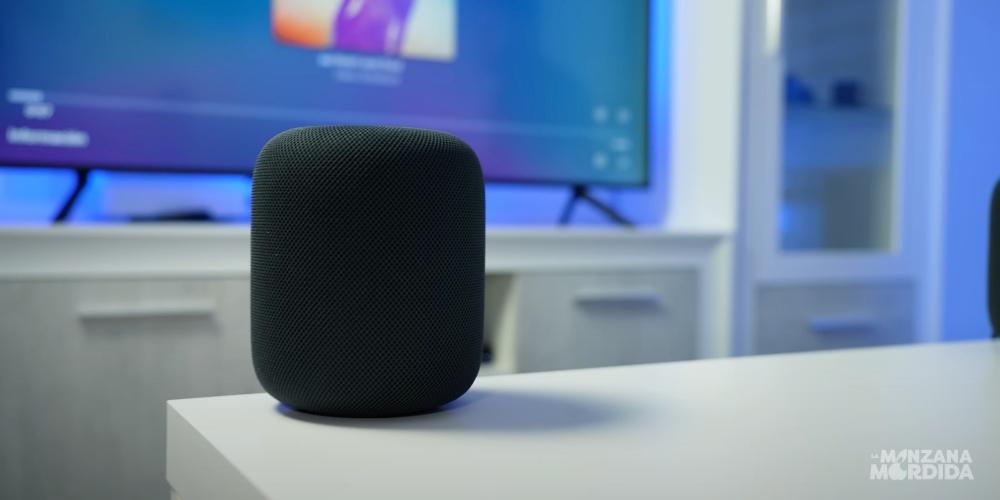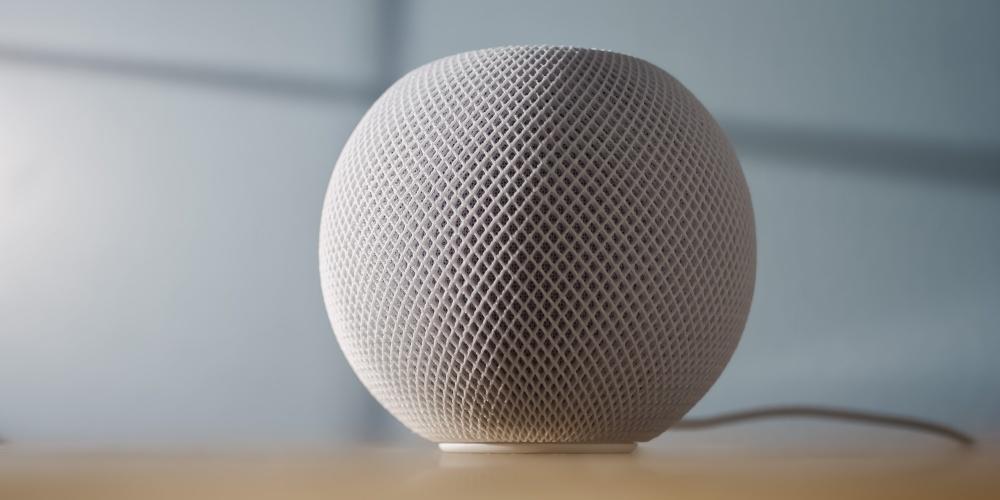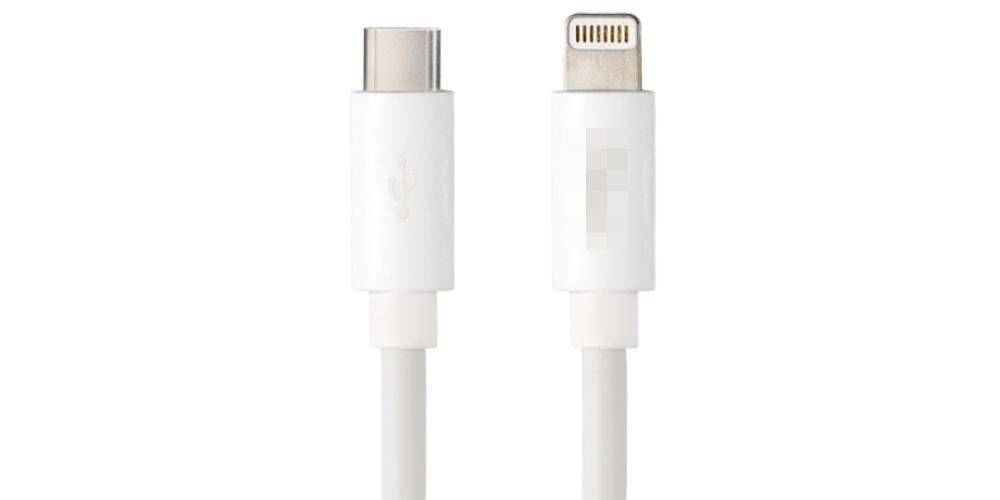
If you are a HomePod user and want to learn more about the speaker, or if you want to buy one for the first time, in this post we are going to repair all the uses that you can give it in the middle of 2023. With a new generation on the market and with a booming connected accessories market, little by little the HomePod is adopting more and more functionalities (and it already improves the ones I had).
What is a HomePod for?
Apple’s smart speaker claims to be the best of both worlds. On the one hand, an AI assistant for the smart home and, on the other, A powerful speaker with quality sound. In fact, Apple places a lot of emphasis on this last point, since it is a differentiating factor compared to other smart assistants (Google Nest and Amazon Alexa, mainly). So, as a good Apple product, you will be much better used thanks to the services.
Apple Music is one of Apple’s flagship services. And for HomePod it is the ideal complement since, directly, and without having to take out the phone, we can ask Siri to play the songs and playlists that we request. Besides, thanks to the Voice plan (for 4.99 euros per month), we can enjoy the experience at a reduced cost. But the thing does not stop there.
If we have an Apple TV, or we use a Mac connected to the television and we want to listen to what is seen on the screen in a much more immersive way, the HomePod is a very good sound source for multimedia content. In this case, we can listen to our movies, series and videos through the speaker (or the speakers if we connect them in stereo pair mode) in a much more amplified way.
HomePod and the smart home
If we leave the ecosystem of Apple products, the HomePod is compatible with a large number of smart home automation accessories (and it will be more and more). This is because Apple has opened the HomePod to the Matter communication standard. In this way, the different manufacturers of accessories no longer have to make a specific peripheral for HomeKit (Apple) and another for Google Home. In the same way, we won’t need to use a mixed AI ecosystem either (if we don’t want to), to be able to control different accessories.
Thus, thanks to the home application, we will be able to configure different peripherals such as light bulbs, thermostats, plugs or surveillance cameras, to be able to interact with them through the HomePod by invoking Siri commands. So, in addition to having a sound source for multimedia content, and a speaker to listen to high-quality music, we also have a hub to centralize and control the different devices in our connected home.
In addition, one of the strongest points of the HomePod is its versatility in terms of sizes. Currently, we have the 2nd generation HomePod and the HomePod mini, and they both work exactly the same on the inside (in terms of software and compatibility with accessories and services). The difference in size is reflected in the sound, making it an ideal product range to be able to combine in different spaces, and thus, grant it a differentiated use for each room.




